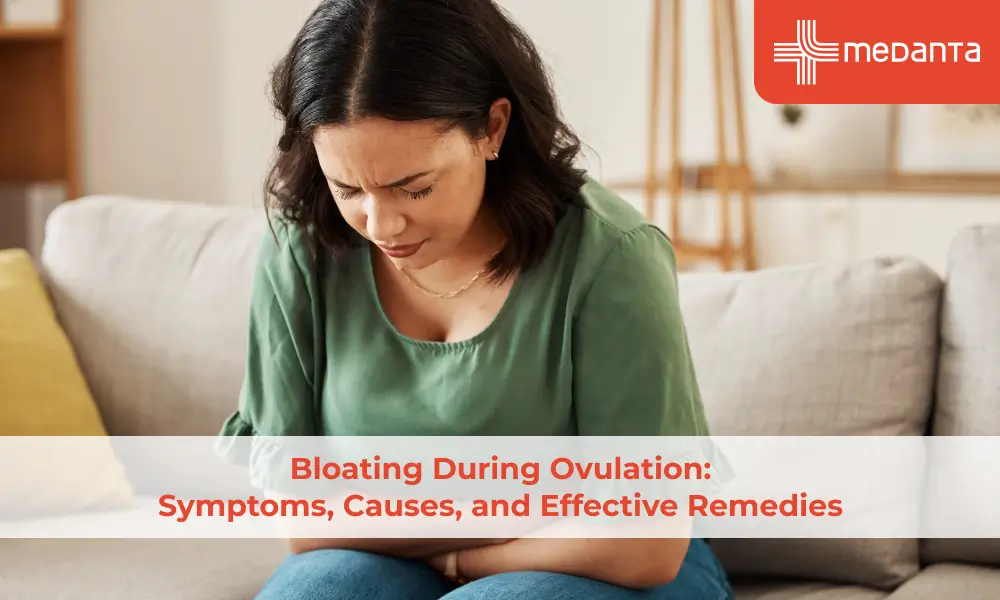Myth vs. Reality: The Connection Between Underarm Grooming and Breast Cancer

Did you know that breast cancer is the 2nd most prevalent cancer among women worldwide? It is a potentially life-threatening disease, and has become a focal point of health discussions globally. Unfortunately, alongside the genuine concerns and efforts for awareness, various myths and misconceptions have surfaced.
One such myth revolves around the alleged link between underarm grooming practices and breast cancer. In this blog, we will talk about breast cancer facts, breast cancer myths, breast cancer risk factors, and underarm grooming.
Underarm Grooming and Breast Cancer: Separating Myth from Reality
Many people think that underarm grooming increases the risk of breast cancer. However, researchers have found no credible evidence supporting the myth. The absence of a causal relationship between shaving or using deodorants and breast cancer is a crucial fact to consider.
Correlation does not imply causation, and distinguishing between the two is essential in debunking health-related myths. While some studies may identify associations between certain factors, it's crucial to assess the strength and reliability of these associations before concluding.
The Science Behind Underarm Grooming
To appreciate the absence of a connection between underarm grooming and breast cancer, it's crucial to delve into the science behind these practices. Deodorants and antiperspirants serve the primary purpose of controlling body odor and sweat, respectively. Antiperspirants, in particular, contain aluminum compounds that temporarily block sweat ducts.
Lymph nodes play a vital role in the immune system, filtering and trapping harmful substances to prevent their spread throughout the body. Despite widespread beliefs, there is no substantial evidence supporting the notion that routine underarm grooming, including shaving, adversely affects this intricate process.
Shaving, a common aspect of underarm grooming, involves the removal of hair from the armpit area. Contrary to some misconceptions, shaving does not compromise the functionality of lymph nodes or pose an increased risk of breast cancer. The act of shaving primarily targets hair follicles and sweat glands rather than the lymph nodes themselves.
Promoting Breast Health
Rather than focusing on unfounded myths, it is more productive to concentrate on evidence-based practices for promoting breast health. Regular breast self-exams, awareness of any changes in breast tissue, and scheduling mammograms based on age and risk factors are integral components of early detection.
Encouraging a proactive approach to breast health involves education and dispelling myths that may deter individuals from seeking proper medical care. By understanding the real risk factors and taking preventive measures, individuals can empower themselves to make informed decisions about their health.
Safe Underarm Grooming Practices
Maintaining underarm hygiene is essential, and there's no need to compromise it based on unfounded fears. Here are some tips for safe underarm grooming practices.
- Choose Wisely: Opt for personal care products that prioritize safety. Look for deodorants and antiperspirants that are free from potentially harmful ingredients, such as parabens. Reading labels and choosing products with natural or organic components can contribute to a safer grooming experience.
- Paraben-Free Options: Parabens, commonly found in many personal care products, have been associated with breast cancer concerns. To address these worries, consider switching to paraben-free deodorants. Numerous brands now offer alternatives that effectively combat odor without the use of these potentially harmful preservatives.
- Regular Exfoliation: Incorporating regular exfoliation into your underarm care routine helps remove dead skin cells, preventing the buildup of bacteria that can lead to unpleasant odors. Use a gentle exfoliant to avoid irritation and promote smoother, healthier underarm skin.
- Moisturize Adequately: Hydrated skin is healthy skin. Regularly moisturize your underarms to prevent dryness and irritation. Choose a moisturizer that suits your skin type, and consider those with soothing ingredients like aloe vera or chamomile for added comfort.
Conclusion
In the realm of breast cancer awareness, distinguishing between myth and reality is crucial. Myths regarding underarm grooming practices and their supposed link to breast cancer can significantly impact people's well-being and decision-making. By promoting accurate information, dispelling myths, and emphasising evidence-based practices, we can cultivate an informed and empowered community in the face of breast cancer.
Let's aim for a future where knowledge triumphs over baseless fears, enabling individuals to choose options that prioritise both hygiene and health. Through these endeavours, we progress toward a society adept at navigating the complexities of breast cancer with clarity and resilience.






